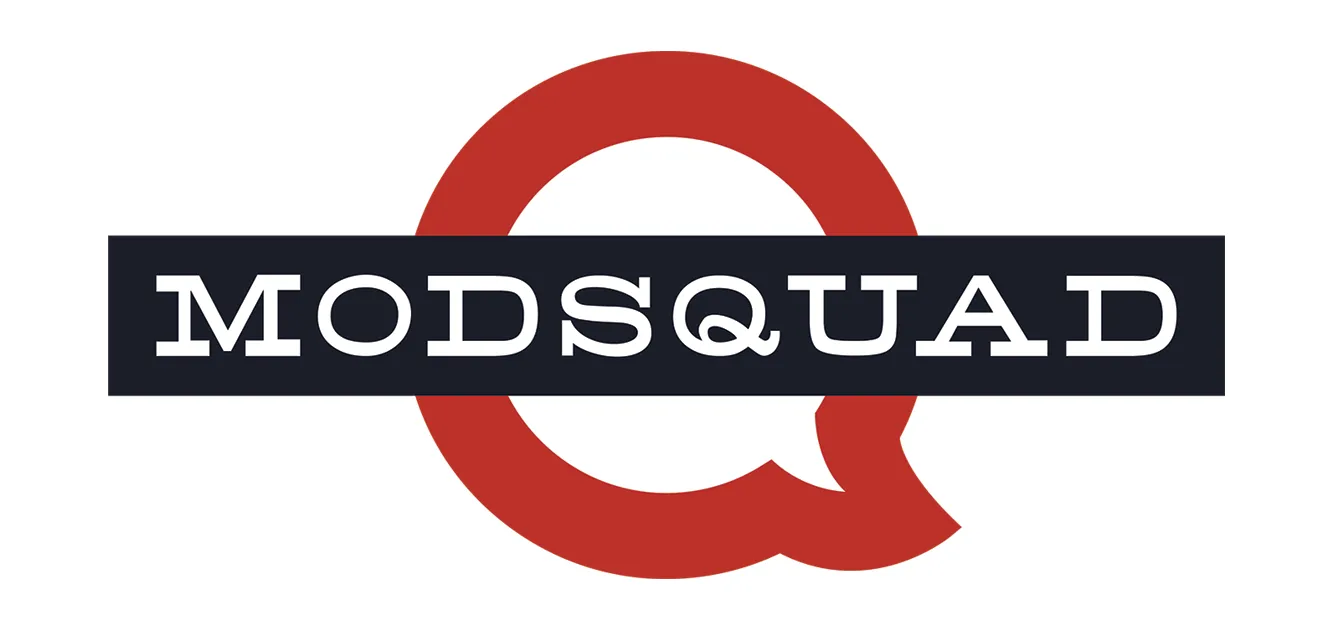
Reverse Engineering the Search
By Sanya Weathers
There are two ways to win at Google. One, make sure that everyone who searches for a particular keyword finds you. To do that, you’ll need a marketing campaign, an advertising campaign, placement in major industry publications, blog saturation, repeating your slogan/motto on Twitter and Facebook at least once a day, and the ability to stay on message with a laser-like efficiency previously reserved for Terminator robots.
The other way is easier. Figure out what keyword searches people have used to find you, and play it up.
If you’ve made a monkey game, you might think you really need to be the top result people get when they search for “monkey game.” You could pour thousands of dollars down the drain toward that end, and hire very expensive search engine optimization specialists to bump your standing in the monkey game searches by a few positions. And hey, don’t let me stop you if you’ve got nothing but money to burn.
For everyone else, look to see how people got to your website. Disregard the name of the product and look for other key phrases.
Maybe no one is using “monkey game” to find you – but maybe you’ve got a lock on “going bananas.” Not only is the user search term more interesting, but it’s probably associated with something that is already popular or well known, giving you a cheap boost.
The user search: That’s your organic starting point. I’ve said before how much I despise astroturfing – the creation of a “grass roots” campaign by marketing professionals. Real organic grass roots excitement comes from users, not the suits. But that doesn’t mean I’m opposed to professionals playing a role. By all means, fan the flames, fertilize the new plants, whatever metaphor you want.
It’s very expensive to create something from nothing, but a seasoned professional going with (and building on) an existing theme will save you gobs of money and time. By starting with the popular searches people use to find you, you’ve got a better chance to spread your message cheaply and fast. Remember, once the product leaves your hands, it’s not about you anymore. How do customers perceive your product? How do they use the product? How are they altering your product to better suit their needs? Knowing how people found you in the first place will give you some good insight into that.
Keep in mind that any media campaign is supposed to make people want to do something – look for you, buy something you’ve made, or talk to you. Go with the flow, and make your call to action something people are already doing.

